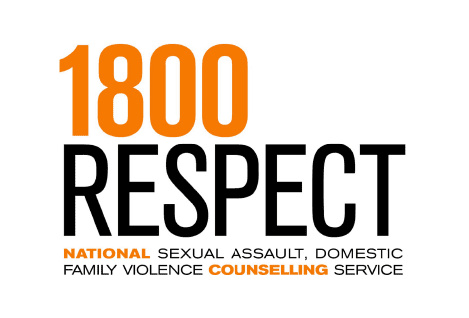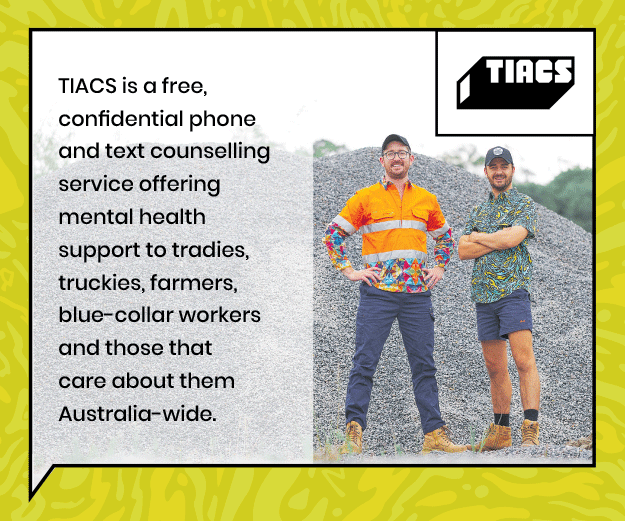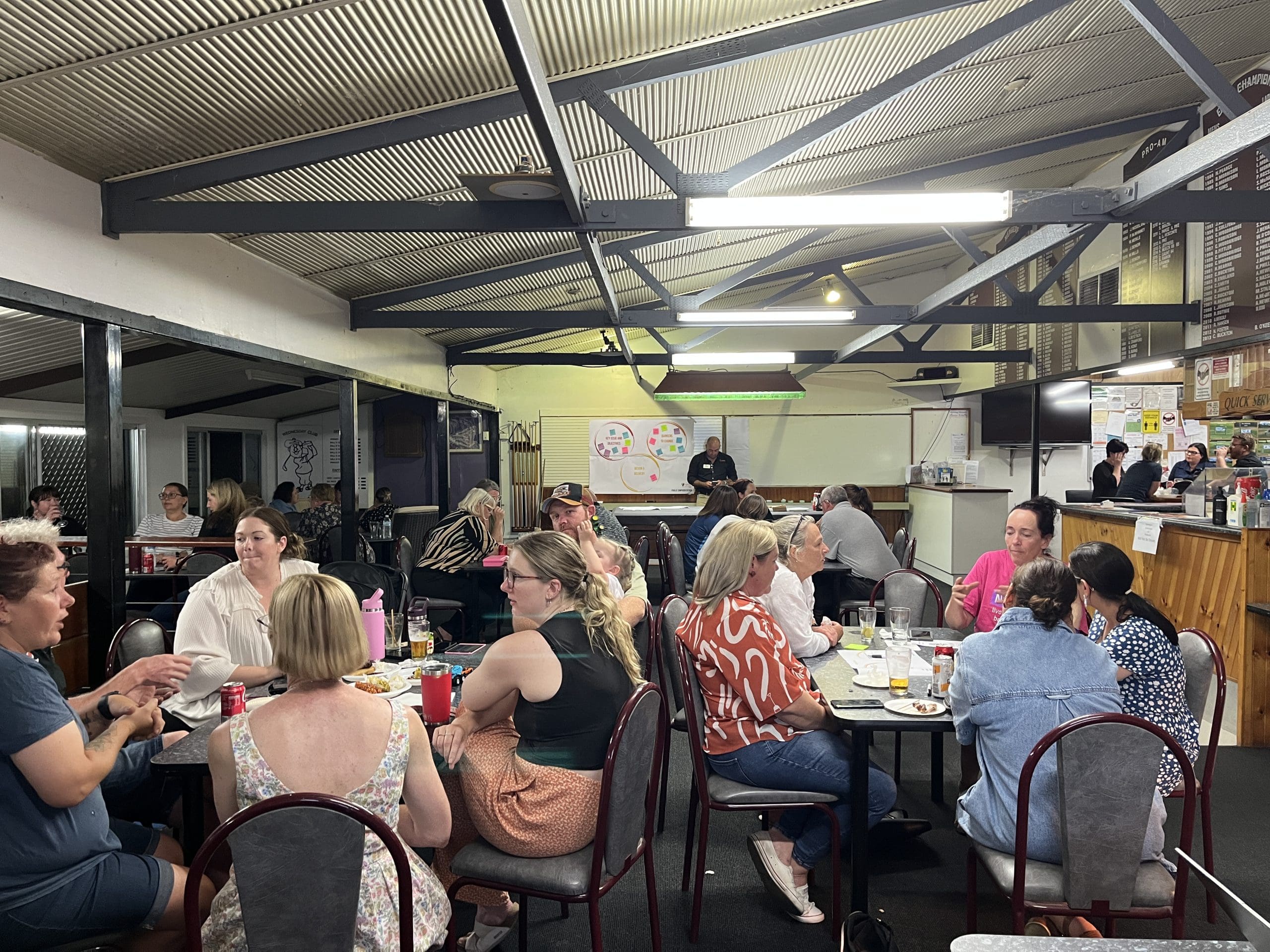Coercive control is an insidious pattern of abuse that can lead to devastating consequences. As of this year, both New South Wales and Queensland have made coercive control a crime.
Coercive control involves perpetrators – usually a romantic partner – using patterns of abusive behaviours over time in a way that creates fear and denies liberty and autonomy. It is almost always underpins family and domestic violence.
People who use coercive control may use physical or non-physical abusive behaviours, or a combination of both. All abusive behaviours are serious.
Coercive control isn’t an accident. The abuser uses these behaviours to isolate, humiliate, manipulate, threaten and scare the other person to control them which can result in traumatic and pervasive immediate and long-term impacts on victims, their families and communities.
Coercive control can sometimes be hard to spot. Behaviours can be subtle and insidious, and individually targeted and tailored to the victim.
While coercive control is mostly perpetrated by men against women in romantic relationships, coercive control can happen to anyone – no matter what your gender is, how you define your sexuality, your background, or who you are as a person.
If you think you might be experiencing coercive control, contacting a confidential support service for advice is a good first step.
If you’re concerned that someone you know might be experiencing coercive control, or something doesn’t seem quite right, you can help by choosing a safe place to talk to the person alone and letting them know you’re worried about them.
Many people who experience coercive control feel trapped and afraid. Their self-esteem and confidence may have been slowly worn down by the repeated abuse, making it difficult to leave a relationship or get help. They might not be ready to make a change straight away, but your support may help them to consider their options and ultimately ensure their safety.
Remind them it’s not their fault. Coercive control is a crime.
| SIGNS OF COERCIVE CONTROL Isolating you from your support system, including friends and family. Monitoring your activity throughout the day. Denying you freedoms and autonomy. This may be by not allowing you to go to work or school or by taking away your transportation or phones or even by changing your passwords. Gaslighting you by making you doubt the things you know and experience, so that you may question your own sanity and accept their version of the situation. Criticising, intimidating or physically hurting you. Shaming you by doing things – or making you do things – to take away your dignity and self-respect, or make you feel ashamed. Controlling your money and finances to keep you disempowered so that you aren’t able to leave the relationship. This might include keeping you on an extremely strict budget, hiding financial resources from you or limiting your access to bank accounts or money. Coercing you into taking care of all the domestic duties like childcare, cleaning and cooking. Manipulating your children and turning them against you by belittling you in front of them, telling them you’re a bad parent or drip-feeding them a narrative that undermines you or strengthens their own narratives. Controlling how you look or how you take care of yourself. How much you eat, exercise, dress or even do your hair. Jealously accusing you about the time you spend with others, including friends and family. They will use this as a way to isolate you. Unwanted demands about your sex life including how often you have sex and what you do during sex. Threatening physical, emotional or financial actions against your children or pets, or other people that you love. |
| If you, or someone that you love, is living under conditions that you think might be coercive control you can get more information by calling 1800RESPECT or by visiting 1800RESPECT.org.au. |













